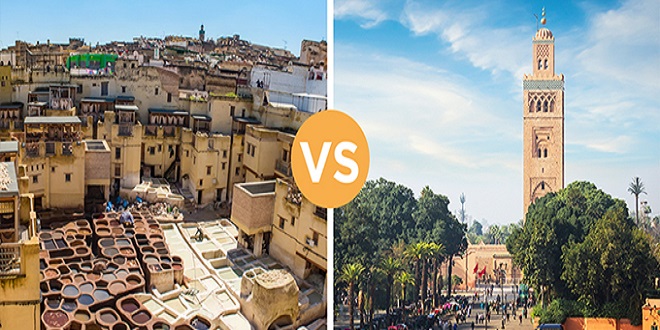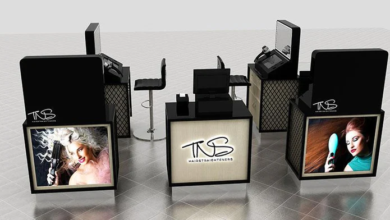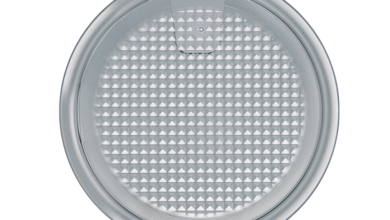Fez vs Marrakech

Morocco’s capital city has shifted repeatedly over the centuries, according to the whim and power of the dynasty of the day. These days, Rabat might host the embassies and Marrakech the tourists, but the majority of Moroccans will still point to Fez as the country’s spiritual and cultural heart.
Fez was Muslim Morocco’s first capital, and in 2008 the city celebrated its 1,200th birthday with remarkable understatement. But unlike their glitzy Marrakechi rivals to the south, Fassis don’t feel the need to shout about their city.
Just one day in the buzzing warren of the old city is all most visitors need to be instantly hooked. Exploring the Fez medina is undoubtedly one of the Arab world’s greatest travel experiences. Its dusty streets are gloriously alive, and its sights, sounds, and smells have the force of a battering ram on the senses.
The city has changed very little over time, and is today the most complete and unspoiled medieval Islamic settlement in the world.
Carrying everything from bags of cement to televisions in and out of the medina. The medieval way of organizing a city also persists in Fez, with each quarter having its own mosque, fountains, and communal bakeries, as well as areas dedicated to particular arts and crafts, such as slipper-making, leatherwork, and the city’s famous fine embroidery. Ancient though it is, Fez isn’t above learning a few new tricks. Scores of its old townhouses are being turned into the riad guesthouses beloved of foreign visitors, and a UNESCO-supported rehabilitation scheme has provided funding and expertise to help restore threatened and crumbling parts of this World Heritage city.
MAIN CITY SIGHTS
Talaa Kebira The medina’s Main Street leads visitors to the heart of the old city, from the Bab Bou Jeloud Gate past mosques, markets, and fountains, and an unending stream of people and pack animals. Bou Inania Medersa One of the finest buildings in Fez, this 14th-century theological college is a masterclass in Moroccan craftsmanship. Its sumptuous decorations include intricate mosaics, woodcarvings, and decorative plasterwork.
Tanneries
Moroccan leather is produced here the old-fashioned – and highly smelly – way, with skins submerged in open-air vats full of dyes made from indigo, poppies, and saffron. The colorful results are on sale throughout the medina.
Batha Museum
This museum, housed in a beautiful 19th-century palace with a classical Andalucian garden, holds a fine collection of Moroccan artifacts from the heyday of the great imperial dynasties.
Festival of World Sacred Music
This cross-cultural musical festival was founded in response to the first Gulf War and is now a huge international success, attracting world-class performers for grand concerts and intimate recitals. The week-long festival takes place every year in June.
PRACTICAL INFORMATION
Getting There and AroundFez Saïss airport has direct connections to many major European cities, mainly through budget airlines. Other flights come via Casablanca, which is 54 miles (87 km) southwest of Rabat. Fez has excellent road and rail connections with the rest of Morocco.
Where to Eat
Fez is famous in Morocco for its culinary heritage, and is the home of b’stilla, a sweet-savory dish of filo pastry stuffed with nuts and pigeon. The restaurant at La Maison Bleue hotel (www. maisonbleue.com) offers one of the city’s best dining experiences.
Last word
Government plans to boost Moroccan tourist numbers past 10 million mean that there’s not a lot of time left to get here before the crowds do.
The Female Delusion Calculator is a viral phenomenon that has gained traction on social media. It originated as a satirical tool to challenge unrealistic beauty standards and has sparked widespread controversy. The calculator aims to shed light on the societal pressures faced by women and the impact of these expectations on their self-image. Public reaction to the Female Delusion Calculator has been mixed, with some praising its message and others criticizing it for perpetuating negative stereotypes. The controversy surrounding the calculator has sparked important conversations about body positivity and the need for more inclusive representations of beauty in the media.





